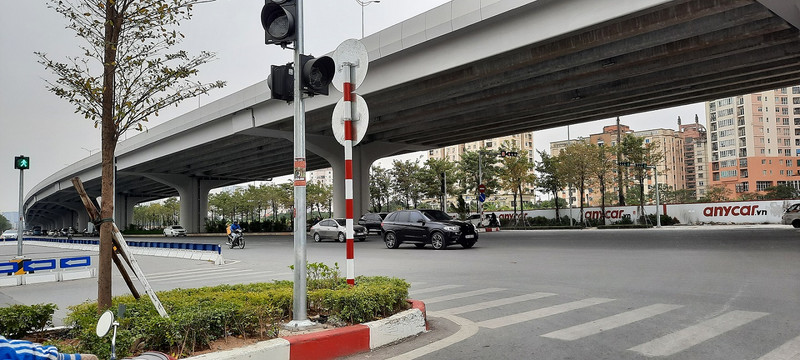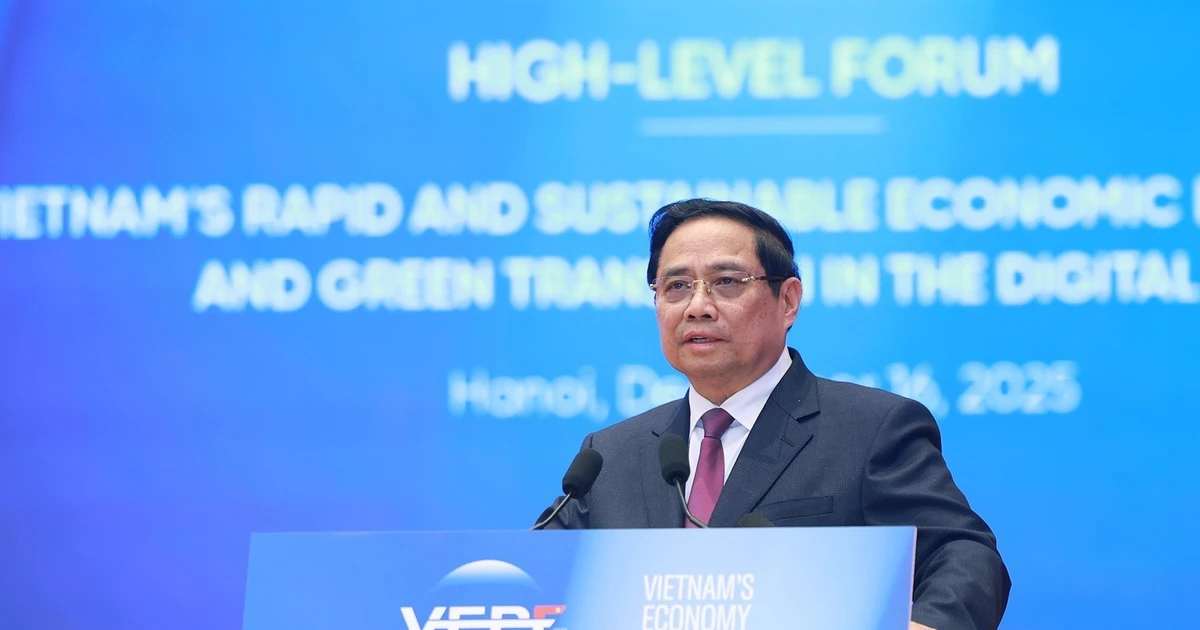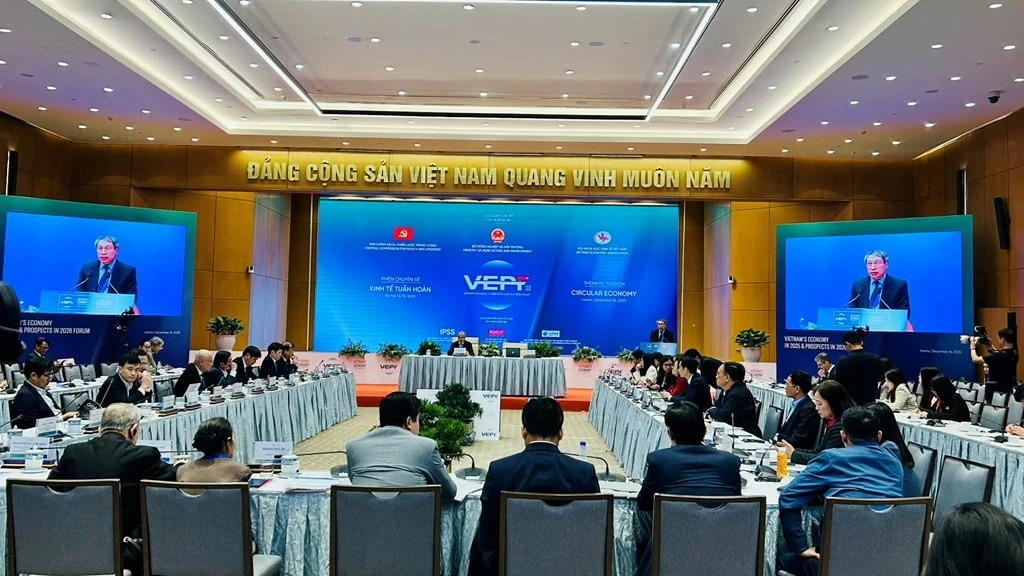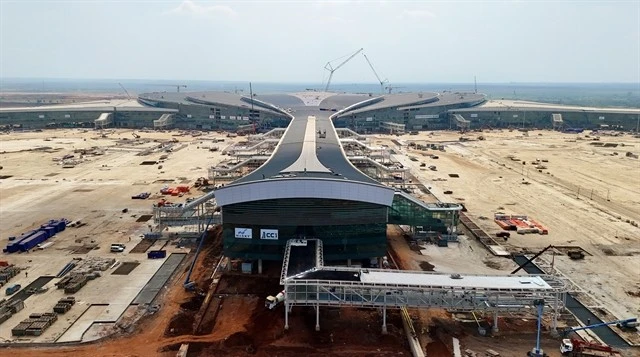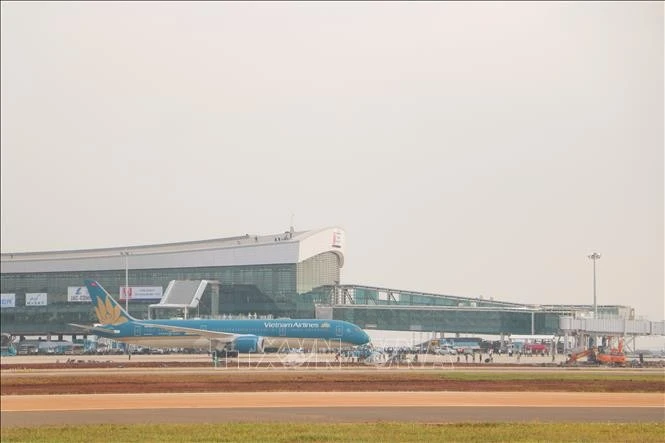Nguyen Ba Hung, principal country economist at the Asian Development Bank (ADB) in Vietnam, said that the Vietnamese government is now applying a loose monetary policy, but some issues have arisen.
“The State Bank of Vietnam (SBV) has allowed a cap of 14% in credit growth for the entire 2023. Meanwhile, the real demand for bank loans in the first seven months of this year increased only 5%,” Hung said. “Local production remains weak and demand for loans is still limited.”
“This means that if production enterprises have weak demand for loans, the remaining credits offered will likely run into the securities and real estate sectors, and it may cause a property bubble,” he warned.
In the context of declining inflation and weaker growth, the SBV has loosened monetary policy since mid-March 2023. At the end of the second quarter of 2023, the SBV discount and refinancing rates were set at 3 and 4.5%, respectively, dropping by 150-200 basis points through a series of four policy rate cuts, between March and June 2023.
Caps on interest rates for deposits with maturities of less than six months and lending rates for priority sectors were also reduced by the same magnitude, to encourage commercial banks to provide new, cheaper loans to enterprises and individual customers. Efforts were also made to accelerate the implementation of the interest rate subsidy programme, as well as the introduction of a social housing credit programme to support the economy.
Hung recommended, “The monetary policy should go harmoniously with the fiscal policy, which currently has a big space to be implemented.”
According to him, the fiscal policy should now aim to focus on boosting public investment and cutting and reducing taxes for enterprises.
“The domestic economy’s growth now largely relies on domestic demand, in which the government still has significant fiscal space to boost public spending as a counter-cyclical measure,” Hung said. “Currently, private consumption is facing the downside of the business cycles. Economic difficulties have forced consumers to tighten their belts and businesses also have no opportunities to invest, due to weak domestic and external demand.”
Thus, the government now can help boost private demand and consumption via its fiscal policy, in which public investment plays a crucial role, Hung suggested.
He also added that to effectively carry out the fiscal policy, the government can seek more loans given the limited state budget revenues. At present, Vietnam’s public debt is standing at only 38% of GDP, far lower than the warning limit of 55% of GDP, as permitted by the National Assembly.
Figures from the General Statistics Office showed that Vietnam’s total state budget revenues in the first seven months of this year are estimated to reach about 42.9 billion USD, down 7.8% year-on-year, due to a year-on-year reduction in revenues from the key sectors of the economy, such as domestic revenues (4.1%), crude oil (nearly 20%), and export and import activities (nearly 23%).
Total state budget expenditure in this period is estimated to sit at nearly $40.4 billion – up 13.7% year-on-year. This reflected a budget surplus of 2.5 billion USD which is not a good signal, as revenues were reduced, spending increased.
According to Hung, Vietnam needs to focus on stimulating aggregate demand, which will in turn create employment and income, and then more taxes will be paid.
Meanwhile, the World Bank’s Taking Stock on Vietnam’s economic outlook released over a week ago stated, that the country’s fiscal policy support should be accompanied by continued monetary policy accommodation but the space for additional loosening is constrained.
“As credit demand has remained persistently low despite interest rate cuts, further reducing interest rates may not have the desired effect of incentivising credit growth,” the report said. “Also, further interest rate cuts would increase the interest rate differential with global markets, potentially putting pressure on the exchange rate.”
According to the World Bank, given ample fiscal space, the fiscal policy should take the lead, ensuring much better implementation of the investment budget for 2023. Full implementation of the planned investment budget would bring public investments to 7.1% of GDP in 2023, up from 5.5% planned in 2022, providing a fiscal impulse of 0.4% of GDP to support aggregate demand.
The government has planned a year-on-year 38% increase in public investment
for 2023 – equivalent to 1.6% of GDP, as part of the 2022-2023 Programme on Socio-economic Recovery and Development. It is accelerating implementation with disbursement of the public investment budget jumping by 43.3% year-on-year during the first semester of 2023. However, historical public investment implementation rates have been low in the recent past, for example reaching only 67.3% in 2022.
“Steps to accelerate and improve the efficiency of implementation would also help address emerging infrastructure constraints to growth, including critical investment needed in the electricity transmission network and in building resilience to climate change,” said the World Bank.
In June, Paulo Medas, who is the division chief of the International Monetary Fund’s Fiscal Affairs Department, conducted discussions with Vietnam. He said that in the short term, downside risks to growth remain large. Growth could disappoint if weakness in external demand persists or investment remains subdued. A deepening of the ongoing real estate and corporate bond market problems, along with rising non-performing loans, could harm banks’ ability to support growth.
“The measures taken by the SBV and the government have helped soften the impact of headwinds. Further efforts to safeguard macroeconomic and financial stability and accelerate reforms would ensure that the economy remains on a secure footing,” said Medas. “The policy mix should be re-balanced with greater emphasis on fiscal support to the economy and the most vulnerable.”
According to Medas, the SBV was able to both contain price and liquidity pressures in a very challenging environment. Greater exchange rate flexibility and continued efforts to modernize the monetary policy framework would provide significant dividends.
Further monetary policy easing, and measures to boost credit growth, at this stage, will likely be less effective and riskier, given global rates are likely to stay higher for longer, and banks in Vietnam are already facing rising non-performing loans and high loan-to-deposit ratios.
Medas suggested that in this context, fiscal policy should take the lead in providing support to the economy and the poorest and most vulnerable groups, especially as the government has fiscal space. The planned increase in spending (wages and public investment) and cuts in taxes will help boost domestic demand.
“However, some tax cuts are regressive and have negative effects on climate (for example, car registration fees). Instead, given taxes are relatively low in Vietnam, the authorities could instead consider boosting spending to address infrastructure, strengthen the social safety net, and address other social needs,” Medas said. “Further fiscal support should be considered, especially if the recovery disappoints.”
